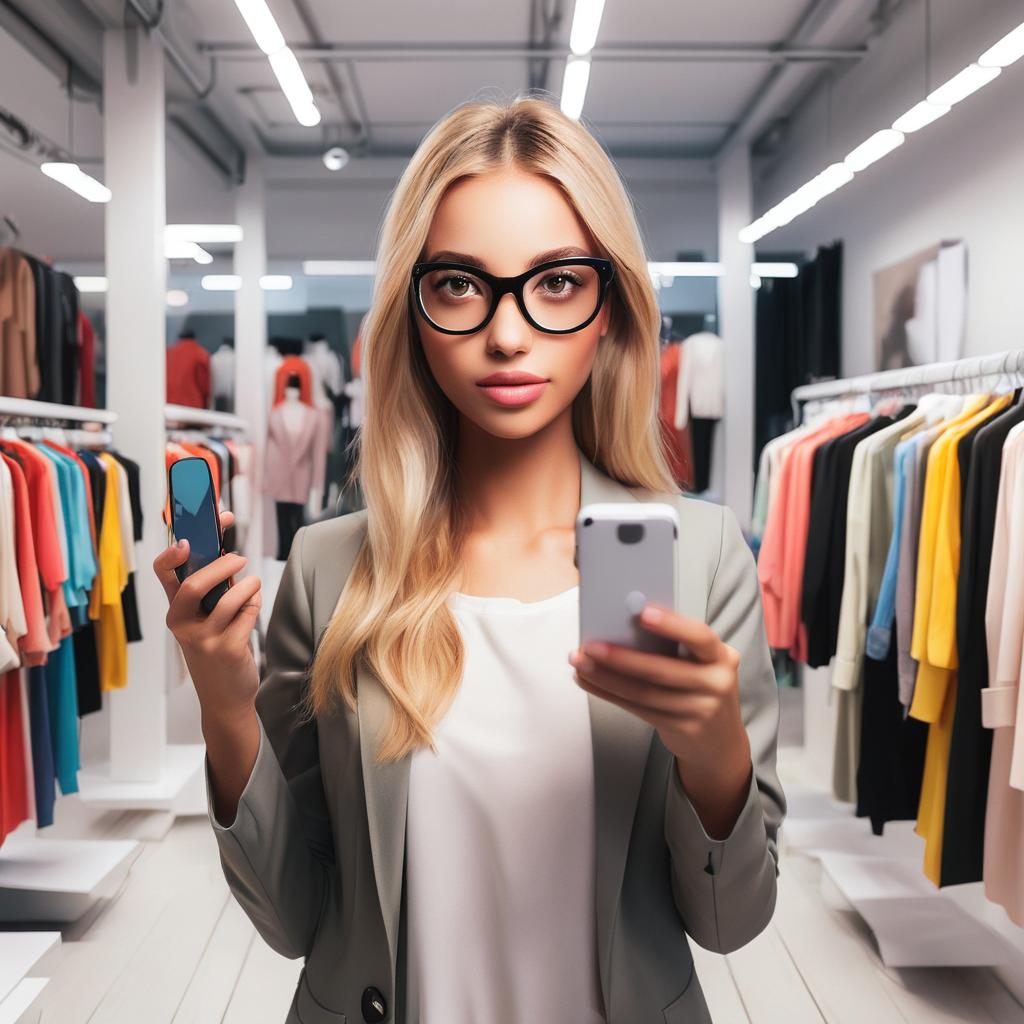
How Virtual Try-On Technology is Transforming Online Shopping
Virtual try-on technology is revolutionizing the way we shop online, offering a solution to the age-old problem of finding the perfect fit without stepping into a store. By harnessing the power of augmented reality (AR), virtual reality (VR), and 3D modeling, businesses are enhancing the online shopping experience, boosting sales, and reducing return rates.
Imagine being able to try on clothes, accessories, makeup, or even furniture from the comfort of your own home, with just a few clicks. That’s the promise of virtual try-on technology. By digitally overlaying products onto user images or videos, shoppers can see how items look and fit before making a purchase. This not only builds confidence but also personalizes the shopping experience, leading to higher customer satisfaction and increased sales.
The global virtual try-on software market is projected to grow rapidly, with a compound annual growth rate (CAGR) of 25.5% from 2021 to 2026. As more businesses recognize the value of this technology, it’s becoming a must-have tool for staying competitive in the ever-evolving retail landscape.
But how does virtual try-on technology actually work, and how does it utilize AR/VR technology to create such immersive experiences?
Virtual try-on technology relies on advanced computer vision and machine learning algorithms to seamlessly blend virtual and real elements. By leveraging smartphone camera features like motion tracking and understanding surroundings, AR platforms such as Apple’s ARKit & RealityKit and Google’s ARCore make it easy for users to try on products in real-time. Whether it’s clothes, glasses, or makeup, users can see how products look on themselves and interact with the system, all from their mobile devices.
For those who prefer a non-real-time experience, virtual try-on solutions also allow users to upload a photo or video and see how products would look in a picture or video without doing it live. This method is particularly useful for online shopping sites or interactive displays in stores, where immediate feedback may not be necessary.
As technology continues to evolve, so too will virtual try-on solutions, offering even more immersive and interactive experiences for shoppers. With the potential to reduce return rates, increase sales, and enhance customer satisfaction, virtual try-on technology is set to transform the future of retail. Embrace the future of shopping today and stay ahead of the curve with virtual try-on technology.
Q&A
Q: What is virtual try-on technology, and how does it benefit online shoppers?
A: Virtual try-on technology utilizes augmented reality (AR), virtual reality (VR), and 3D modeling to allow online shoppers to digitally try on products before making a purchase. This technology helps users visualize how clothes, accessories, makeup, or furniture will look and fit, reducing the guesswork and increasing confidence in their buying decisions.
Q: How does virtual try-on technology contribute to reducing return rates for businesses?
A: Virtual try-on technology provides online shoppers with a more accurate representation of how products will look and fit, leading to fewer returns due to size or style issues. By allowing customers to virtually try on items before purchasing, businesses can minimize return rates, saving time and resources while improving customer satisfaction.
Q: What role does augmented reality (AR) play in virtual try-on technology?
A: Augmented reality (AR) technology is crucial in virtual try-on solutions as it overlays digital images of products onto real-world environments captured by users’ devices. AR enables users to see how products will look and fit in real-time, creating a more immersive and interactive shopping experience.
Q: How are businesses leveraging virtual try-on technology to enhance the customer experience and boost sales?
A: Businesses are integrating virtual try-on technology into their online platforms to provide customers with a more personalized and engaging shopping experience. By offering realistic previews of products and reducing the need for physical fittings, virtual try-on technology enhances customer satisfaction and increases conversion rates, ultimately leading to higher sales.
Q: What are some examples of industries utilizing virtual try-on technology beyond fashion?
A: Virtual try-on technology is not limited to the fashion industry and is being adopted across various sectors, including beauty, eyewear, and home decor. For example, beauty brands are using virtual try-on tools to allow customers to experiment with different makeup looks, while furniture retailers are enabling shoppers to visualize how furniture will look in their homes before making a purchase.
